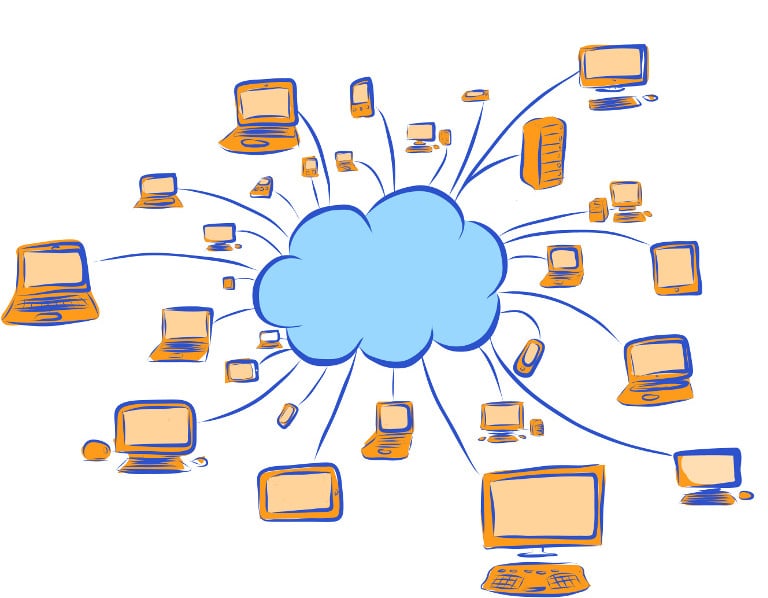
Over the last few years, several large enterprises have clearly expressed their interest in open source technology. Big organisations like Microsoft, Facebook and Google, have adopted open source philosophies in their important projects. Even the public sector has also started adopting open source technologies to grow further.
Infrastructure-as-a-Service (IaaS)
At the very fundamental level, IaaS space is dominated by tools like OpenStack or Amazon Web Services (AWS). IaaS has transformed the traditional IT infrastructure into on-demand services and capabilities. IaaS cloud platforms have enabled users to manage infrastructure components in a data centre within a click of a button. Users can create fully functional computers virtually and even configure them to meet their requirements.
Open Source IaaS for Businesses
One of the reasons why businesses are adopting open source is the ease of deployment, scalability and significant ROI. CIOs can tweak the open source software to suit their business needs. Along with the open source solutions, cloud adopting is hitting the sky too. By the end of this year, 65 percent of the enterprise organisations will choose to a hybrid cloud. We are expecting over 20 percent of enterprises will be looking at exploring community-driven open source cloud.
Due to significant adoption to open source platforms and services, IT infrastructure has become a commodity. Companies are offering IaaS on demand and they are even tailor making it to fit your requirements. For businesses, IaaS is a great benefit because they get to leverage the scaling economy and drive down costs at an incredible pace.

Open source cloud platforms come with a one caution mark – security. This concern has pushed back many data sensitive organisations from adopting to IaaS cloud service. However, research firm International Data Corporation (IDC) has predicted a significant amount of standardisation across the critical elements of IaaS cloud platform services. This will make it easier for CIOs to adopt to open source cloud services.
Pros and Cons
IaaS has pros and cons of its own. It was never a perfect solution for building larger applications. Platform-as-a-Service (PaaS) offers better agility as compared to IaaS. The greater level of freedom enables developers to run anything on the cloud. A much more pragmatic solution can achieve the operational agility and excellences that the current IaaS solutions fail to offer. The combination of both can be achieved by running an open source tech stack on containers.
Open Source Stack in Containers
Over the last couple of years, containers have succeeded in building a standalone ecosystem. Great technologies like Docker and Kubernetes have become part of standard software development process. Containers have eased the building of complex apps with a great mix of technologies. Building an application by composing micro service on Docker container has become quite easy. A cluster manager like Kubernetes can be used to scale out the container without any hassle. Google Cloud offers Kubernetes as a service through Managed VM. It is the best of both PaaS and IaaS.
The golden bridge of PaaS and IaaS is offering an excellent platform for running and scaling containerised apps on the Cloud. This leverages the best opportunities of open source cloud technologies as well as enables operational agility. Containers leverage open source technologies to a greater extent compared to platform specific technologies. So the cross-adoption between different cloud platforms becomes easier.
In the modern technology age, the biggest achievement is, we can treat infrastructure as software. It enables us to get the most value out of this shift where we can bring effective software development practices, without any worry of infrastructure development and maintenance.








































































